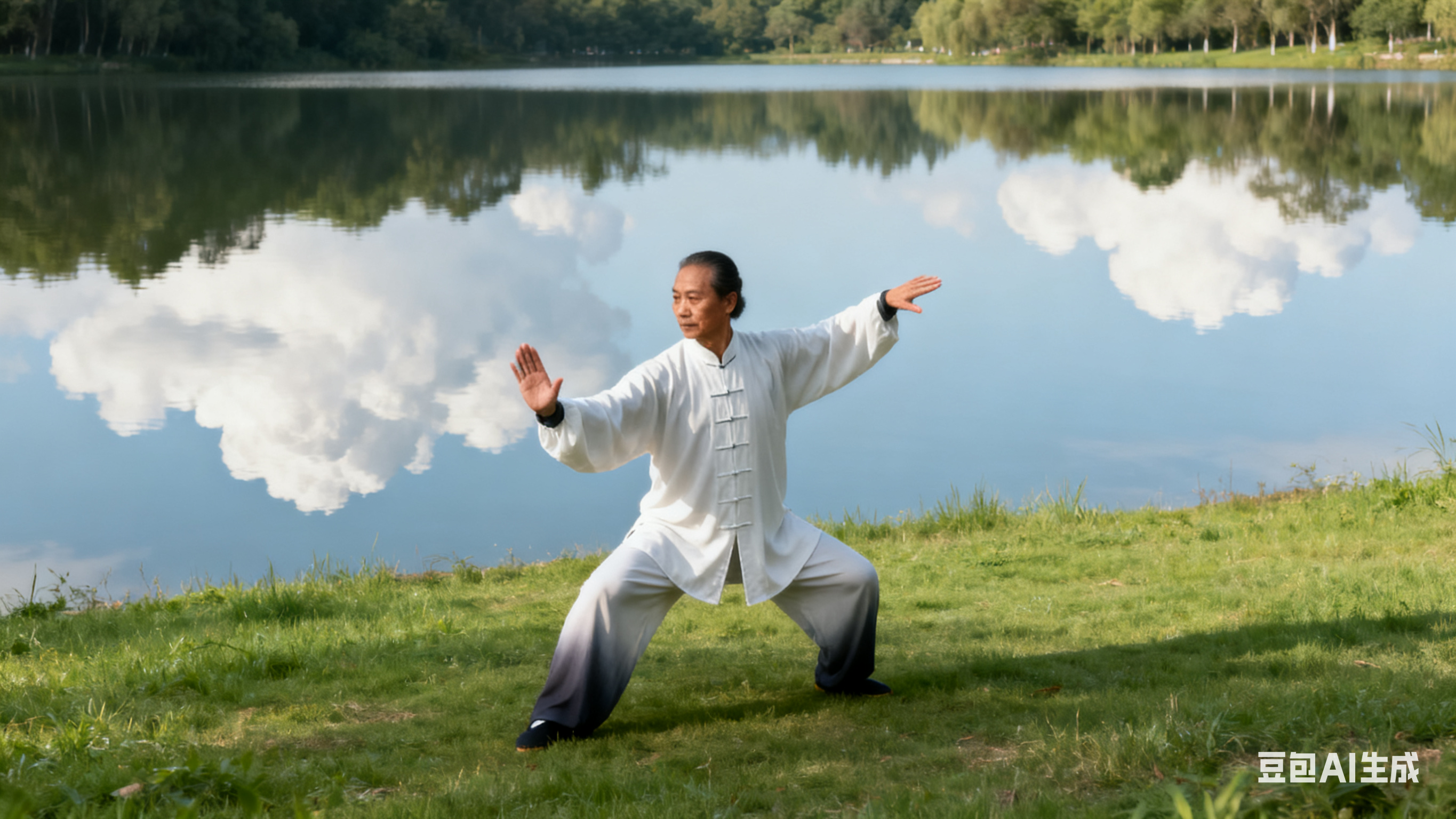
Tai Chi: Ancient Chinese Practice for Modern Wellness
Can Chinese Tai Chi Kung Fu Promote Health?
Originating in 17th-century China, Tai Chi combines gentle movements, deep breathing, and mindfulness to achieve holistic well-being. This ancient martial art has evolved into a globally recognized practice, celebrated for its profound 养生 (health-preserving) benefits supported by modern science. The Science Behind Tai Chi’s Healing Power Tai Chi’s slow, fluid motions enhance balance and coordination, reducing fall risks for seniors . Its low-impact nature makes it suitable for all ages, improving joint flexibility without strain . Biomedical studies reveal that Tai Chi’s spiral movements activate neural-muscular coordination, optimizing core strength and posture . Mental Clarity and Stress Relief Beyond physical health, Tai Chi cultivates mental resilience. The meditative focus required during practice calms the mind, lowering cortisol levels and alleviating anxiety . A 2017 Journal of Clinical Oncology study found Tai Chi as effective as cognitive-behavioral therapy in improving insomnia among breast cancer patients . Cardiovascular and Immune Support Regular practice boosts heart health by enhancing blood circulation and reducing blood pressure . Research in the American Journal of Epidemiology linked Tai Chi to a lower mortality rate, comparable to walking or jogging . Additionally, it strengthens the immune system by regulating inflammation and promoting lymphocyte activity . A Timeless Practice for Modern Life In a fast-paced world, Tai Chi offers a sanctuary of balance. Its philosophy of yin-yang harmony aligns with traditional Chinese medicine, emphasizing energy flow (qi) to maintain bodily equilibrium . Whether practiced in parks or online, Tai Chi remains accessible, adaptable, and transformative.
Please login to comment










